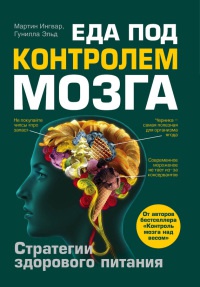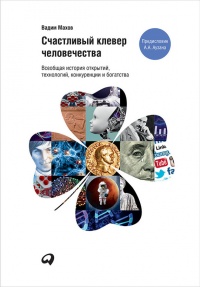Книга Съедобная история человечества. Еда как она есть – от жертвоприношения до консервной банки - Том Стендейдж
На нашем литературном портале можно бесплатно читать книгу Съедобная история человечества. Еда как она есть – от жертвоприношения до консервной банки - Том Стендейдж полная версия. Жанр: Книги / Домашняя. Онлайн библиотека дает возможность прочитать весь текст произведения на мобильном телефоне или десктопе даже без регистрации и СМС подтверждения на нашем сайте онлайн книг knizki.com.
Шрифт:
-
+
Интервал:
-
+
Закладка:
Сделать
Перейти на страницу:
Перейти на страницу:
Внимание!
Сайт сохраняет куки вашего браузера. Вы сможете в любой момент сделать закладку и продолжить прочтение книги «Съедобная история человечества. Еда как она есть – от жертвоприношения до консервной банки - Том Стендейдж», после закрытия браузера.
Книги схожие с книгой «Съедобная история человечества. Еда как она есть – от жертвоприношения до консервной банки - Том Стендейдж» от автора - Том Стендейдж:
Комментарии и отзывы (0) к книге "Съедобная история человечества. Еда как она есть – от жертвоприношения до консервной банки - Том Стендейдж"
























